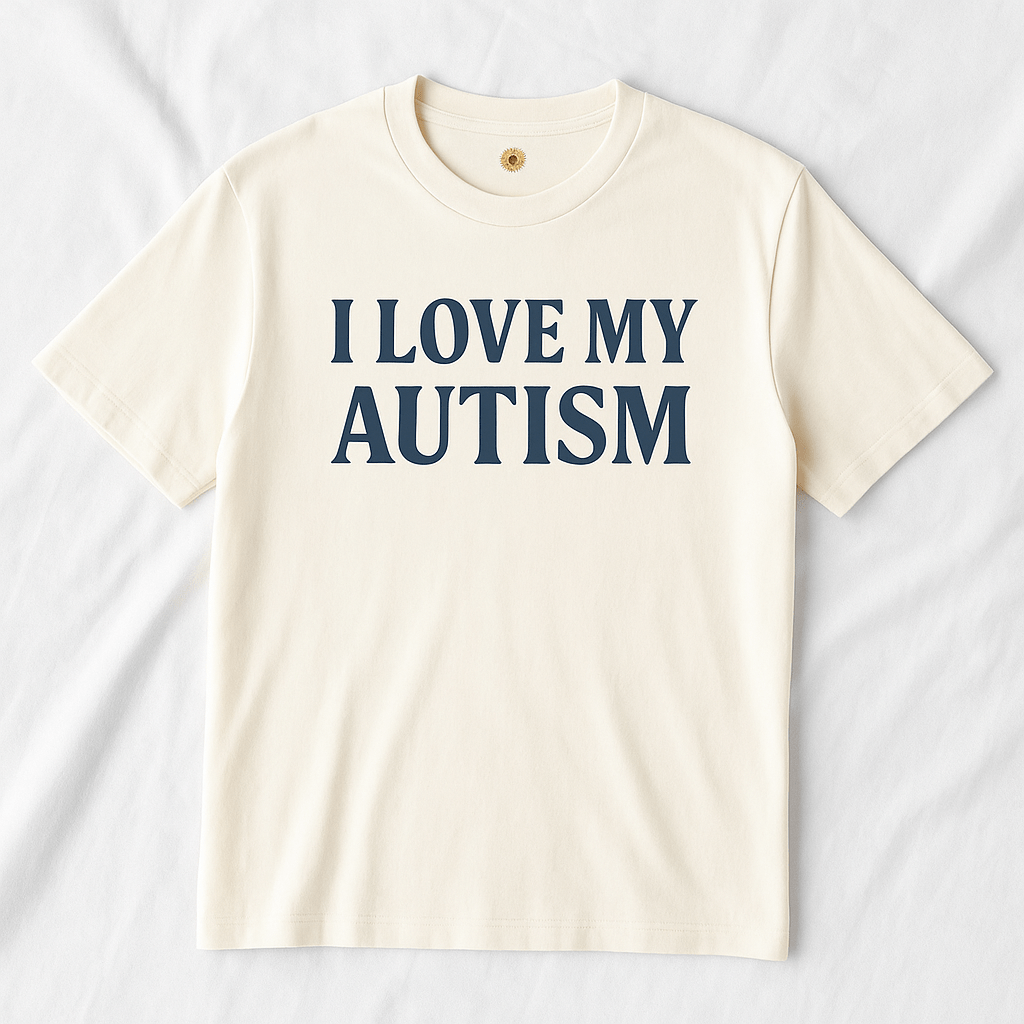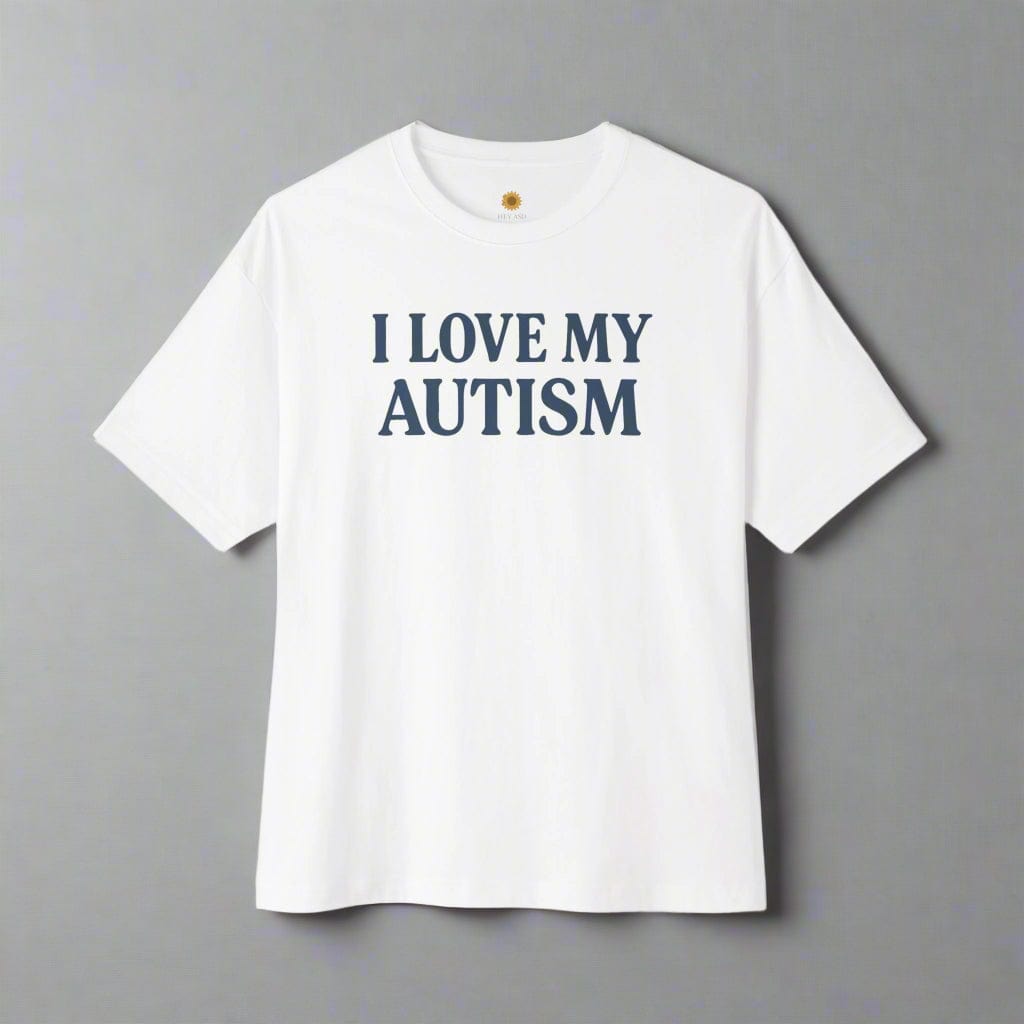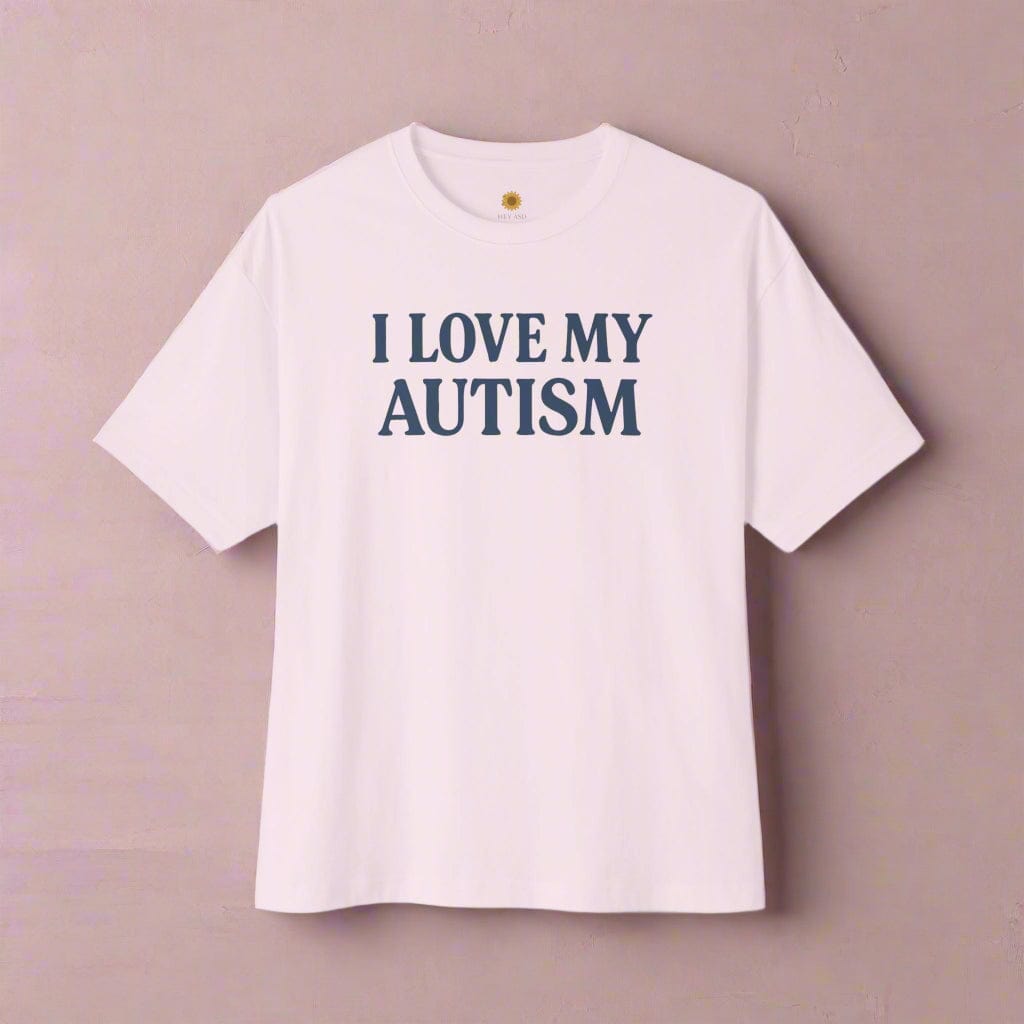Understanding Applied Behavior Analysis (ABA)

Written by the HeyASD Editorial Team
Applied Behavior Analysis (ABA) is a therapeutic approach grounded in the science of learning and behavior, designed to improve socially significant behaviors through systematic interventions. This method is particularly effective in helping individuals with autism spectrum disorders (ASD) develop necessary life skills and reduce problematic behaviors. By understanding and applying the principles of behavior change, ABA facilitates meaningful improvements in many areas of an individual’s life.
Key Takeaways
- ABA is based on scientific principles of behavior change, focusing on how behaviors are affected by the environment and how learning occurs.
- It is highly effective in autism therapy, helping to improve social skills, increase independence, and enhance overall quality of life.
- ABA involves various techniques such as positive reinforcement and is adaptable to meet individual needs through data-driven decision making.
- Interventions can be implemented in diverse settings including homes, schools, and community environments, making it accessible and versatile.
- Future directions in ABA research include exploring emerging techniques, technological advancements, and cross-disciplinary applications to broaden its impact.
Core Principles of Applied Behavior Analysis
Understanding Behavior Change
Behavior change is at the heart of Applied Behavior Analysis (ABA). This principle focuses on how behaviors are influenced by the environment and how they can be systematically modified through interventions. ABA techniques are designed to enhance socially significant behavior by understanding and modifying the antecedents and consequences of these behaviors.
Impact of Environment on Behavior
The environment plays a crucial role in shaping behavior. This principle of ABA emphasizes that all behaviors are learned and maintained through interaction with the environment. Techniques such as modifying environmental factors and using contextual cues can significantly influence behavior patterns and outcomes.
Learning Through Intervention
ABA is not just about understanding behavior but also about applying this understanding in practical ways. Interventions are tailored to individual needs, focusing on specific behavioral goals. Through a combination of direct observation, data collection, and analysis, ABA practitioners develop personalized strategies that promote learning and behavioral improvement.
The Role of ABA in Autism Therapy
Improving Social Skills
ABA therapy is instrumental in enhancing social skills among children with autism. By breaking down complex social interactions into manageable steps, ABA enables children to learn and practice these skills systematically. Key outcomes include better eye contact, turn-taking, and understanding social cues, which are essential for meaningful social interactions.
Promoting Independence
One of the primary goals of ABA therapy is to foster independence in daily activities. Through structured interventions, children learn to perform tasks such as dressing, eating, and personal hygiene independently. This not only boosts their self-esteem but also alleviates the burden on caregivers.
Enhancing Quality of Life
ABA therapy significantly contributes to improving the overall quality of life for individuals with autism. By addressing behavioral challenges and teaching new skills, ABA helps reduce stress for both the individual and their family. The ultimate aim is to enable individuals to participate more fully in family and community life, thus enhancing their personal and social well-being.
Techniques and Strategies in ABA
Positive Reinforcement
Positive reinforcement is a cornerstone of ABA, where desirable behaviors are rewarded to increase the likelihood of recurrence. This method is highly effective in teaching new skills and encouraging behavior consistency across different settings.
Adaptation to Individual Needs
ABA is highly adaptable, allowing strategies to be tailored to each individual's unique needs. This personalization is crucial for effective intervention and ensures that each program is as effective as possible.
Data-Driven Decision Making
In ABA, decisions are made based on data collected on the individual's behavior. This approach ensures that interventions are grounded in empirical evidence, enhancing the efficacy and relevance of the techniques used.
Settings for ABA Interventions
Home-Based Programs
Home-based ABA programs are tailored to fit the individual's natural environment, making it easier for skills learned to be applied directly to daily activities. Parents and caregivers are often trained to implement strategies, ensuring consistency and reinforcement of behaviors.
School-Based Applications
School settings provide a structured environment where ABA techniques can be integrated into the student's educational plan. This setting allows for immediate application of learned skills in social and academic contexts, enhancing the effectiveness of the intervention.
Community Integration
Community-based ABA programs aim to help individuals navigate real-world scenarios. These programs often focus on social skills, independence, and vocational training, preparing individuals for successful community involvement and increased quality of life.
The Science Behind ABA
Research Foundations
ABA, or Applied Behavior Analysis, is grounded in rigorous research and scientific methodologies. It systematically applies behavioral principles to improve socially significant behaviors. The foundation of ABA lies in decades of research that demonstrate its efficacy in behavior modification across various settings.
Systematic Application
The application of ABA is methodical and tailored to individual needs. Behavior analysts use precise measurements and structured interventions to ensure that each program is effective for the person receiving therapy. This systematic approach helps in achieving consistent and reliable results in behavior improvement.
Experimentation and Behavior Analysis
Experimentation is a core aspect of ABA, allowing practitioners to identify which interventions are most effective. By continuously testing and adjusting strategies, ABA professionals can optimize interventions to meet the unique needs of each individual. This data-driven approach ensures that the therapy remains effective and relevant over time.
Behavioral Goals in ABA
Increasing Desirable Behaviors
In ABA, the focus is on enhancing behaviors that are socially significant and beneficial for the individual. This involves identifying specific behaviors that need improvement and systematically applying behavioral techniques to increase their frequency. The ultimate goal is to enhance the individual's ability to function and thrive in various settings.
Reducing Problematic Behaviors
ABA is instrumental in addressing behaviors that can be disruptive or harmful. By understanding the underlying causes and environmental factors, therapists can tailor interventions that minimize these behaviors. Effective ABA strategies are crucial for ensuring that individuals can participate more fully in life without being hindered by behavioral challenges.
Skill Acquisition and Maintenance
One of the core objectives of ABA is to teach new skills and ensure they are maintained over time. This is achieved through consistent practice and reinforcement. The skills targeted can range from basic daily living skills to more complex social skills, depending on the individual's needs. Skill maintenance is critical as it ensures that the benefits of ABA extend beyond the therapy sessions and into real-world applications.
ABA for Different Age Groups
Early Childhood Interventions
Early intervention is crucial in ABA therapy, with studies showing that starting before age four can significantly enhance a child's development. This phase focuses on building foundational social and communication skills, crucial for integrating into social settings and educational environments.
Adolescent-Focused Strategies
Adolescence presents unique challenges and opportunities in behavior modification. ABA strategies are tailored to help teenagers navigate social complexities and academic demands, fostering independence and self-management skills. The emphasis is on positive reinforcement and adapting interventions to the individual's daily routine.
Adult Behavior Modification
ABA is not just for children; it's equally effective for adults, enhancing their quality of life and promoting independence. Techniques are adapted to address specific adult needs, focusing on maintaining and generalizing learned behaviors to various contexts. This approach helps in managing behaviors that are socially significant and enhancing vocational skills.
Challenges and Considerations in ABA
Ethical Concerns
Ethical considerations in ABA are paramount, as the therapy involves intensive interaction with vulnerable populations. Ensuring informed consent and maintaining client dignity are critical. It's essential to balance the goals of therapy with the individual's rights and preferences, avoiding any form of coercion or undue influence.
Cultural Sensitivity
Cultural sensitivity is crucial in ABA to ensure that interventions are respectful and relevant to the cultural backgrounds of the individuals involved. Tailoring ABA practices to fit cultural norms and values can enhance the effectiveness and acceptance of the therapy. This approach fosters a more inclusive environment, promoting better outcomes.
Long-Term Efficacy
The long-term efficacy of ABA is a topic of ongoing research and debate. While many studies support its effectiveness, especially in early intervention, questions remain about the sustainability of improvements and the generalization of skills to new environments. Continuous monitoring and adaptation of strategies are necessary to maintain and build on initial gains.
Success Stories and Case Studies
Individual Progress Examples
Remarkable transformations through ABA therapy are not just statistics; they are real-life stories of individuals overcoming challenges. For instance, a child who was non-verbal at three years old began to communicate effectively after consistent ABA interventions, showcasing the profound impact of tailored behavioral strategies.
School-Wide Implementations
Schools implementing ABA programs have seen significant improvements in overall student behavior and learning outcomes. A notable example is a public school that integrated ABA techniques, resulting in a 50% reduction in disciplinary actions and a noticeable improvement in student engagement and academic performance.
Community Impact Reports
Communities that embrace ABA services report enhanced quality of life for individuals with autism and their families. Programs focusing on community integration and social skills development have led to more inclusive environments, where individuals with autism can thrive and contribute meaningfully to their communities.
Professional Roles in ABA
Behavior Analysts
Behavior Analysts are pivotal in designing and overseeing ABA programs. They utilize their specialized knowledge to assess behavior, develop treatment plans, and ensure that interventions are effective and tailored to individual needs. Behavior Analysts are essential for the successful implementation of ABA strategies.
Therapists and Social Workers
Therapists and Social Workers play crucial roles in the direct implementation of ABA techniques. They work closely with individuals to apply the behavioral plans in everyday settings, fostering skills and improving life quality. Their empathetic and supportive approach is vital in making ABA accessible and effective.
Educators and Trainers
Educators and Trainers are key in spreading the knowledge of ABA principles. They conduct workshops, seminars, and training sessions to equip others with the tools needed for applying ABA in various settings. Their work ensures that the benefits of ABA reach a wider audience and have a lasting impact on the community.
Future Directions in ABA Research
Emerging Techniques
In the rapidly evolving field of Applied Behavior Analysis (ABA), new techniques are continually being developed to enhance therapeutic outcomes. Innovative methods such as virtual reality simulations and gamified learning modules are showing promise in engaging clients more effectively and providing rich, immersive environments for behavior modification.
Technological Advancements
The integration of technology in ABA is set to revolutionize how interventions are delivered. Tools like real-time data tracking apps and AI-driven behavior prediction algorithms are making it possible to tailor interventions more closely to individual needs. This data-driven approach not only optimizes therapy but also enhances the precision of behavioral assessments.
Cross-Disciplinary Applications
ABA's principles are finding new applications across various fields such as education, healthcare, and even corporate training. Collaborations with neuroscientists, psychologists, and educational professionals are expanding the scope of ABA, making it a versatile tool in understanding and shaping human behavior in diverse settings.
Conclusion
In summary, Applied Behavior Analysis (ABA) is a comprehensive and scientific approach aimed at understanding and improving behavior through systematic interventions. By focusing on how behaviors are influenced by the environment and how learning occurs, ABA provides valuable strategies for enhancing socially significant behaviors and reducing problematic ones. Whether applied in educational settings, therapy sessions, or everyday life, ABA's principles offer a robust framework for fostering positive change and helping individuals lead more fulfilling lives. As we continue to explore and apply these principles, the potential for transformative impacts in various fields remains vast.
Join Hundreds of Autistic Adults Feeling
More Comfort in Their Own Skin
Use code WELCOME10 for 10% off your first order.
Start Your Comfort JourneyFrequently Asked Questions
What is Applied Behavior Analysis (ABA)?
Applied Behavior Analysis (ABA) is a therapy based on the science of learning and behavior. It focuses on how behaviors change or are affected by the environment and how learning takes place. ABA is used to increase helpful behaviors and decrease harmful or learning-affecting behaviors through systematic interventions.
How does ABA therapy work?
ABA therapy involves various techniques for understanding and changing behavior. It is adaptable to each person's needs and can be provided in different settings such as home, school, or community. Key strategies include one-on-one teaching, group instruction, and primarily, positive reinforcement.
What are the core principles of ABA?
The core principles of ABA involve understanding how behavior works, how it is affected by the environment, and how learning occurs. These principles are applied systematically to improve socially significant behavior and to identify the variables responsible for behavior change.
Who can benefit from ABA therapy?
ABA therapy is beneficial for individuals who need assistance in learning new skills and decreasing problematic behaviors, particularly children with autism spectrum disorder. It helps in improving social skills, promoting independence, and enhancing overall quality of life.
What settings are suitable for ABA interventions?
ABA interventions can be conducted in various settings, including home-based programs, schools, and community environments. The flexibility of ABA allows it to be adapted to the specific needs of individuals in different environments.
What is positive reinforcement in ABA?
Positive reinforcement is a key strategy in ABA where desirable behaviors are rewarded to increase the likelihood of these behaviors occurring again. This technique helps in building and strengthening useful skills in everyday life.
How is the effectiveness of ABA therapy measured?
The effectiveness of ABA therapy is measured using data-driven decision making. Interventions are continuously monitored and adjusted based on the progress and outcomes observed, ensuring that the strategies employed are effective in achieving the desired behavior changes.
What are the challenges associated with ABA?
Challenges in ABA include addressing ethical concerns, ensuring cultural sensitivity, and evaluating long-term efficacy. It's crucial to design and implement ABA interventions that are ethically sound and culturally appropriate to ensure they are effective and respectful to all individuals.
On This Page
Frequently asked questions
What is applied behavior analysis autism therapy, and how can it support my or my loved one’s development?
How do the benefits of ABA therapy help improve social skills and independence in autistic individuals?
What are some sensory-friendly autism support strategies used within ABA to make therapy more comfortable?
How does autism behavior intervention through ABA address challenging behaviors in different environments?
Can sensory tools or calming blankets complement ABA therapy to create a supportive learning space?
What role do data-driven decision-making and personalized plans play in effective disability support strategies?
How can ABA techniques be adapted for different age groups, from early childhood to adulthood?
What ethical and cultural considerations should families keep in mind when starting ABA therapy?
Are there Autism-themed decor or comfortable clothing options that can help create a positive and welcoming environment during ABA sessions?

About the HeyASD Editorial Team
Autistic‑owned • Values‑led • Sensory‑friendly design
We are autistic creators, writers, and advocates dedicated to producing resources that are practical, sensory-aware, and grounded in lived experience. Our mission is to make information and products that support the autistic community accessible to everyone, without jargon or condescension. Learn more about our team.
This article is written from lived autistic experience and an evidence-aware perspective. It is for general informational purposes only and should not be taken as medical, legal or therapeutic advice.
Always consult a qualified clinician or occupational therapist for individual needs and circumstances.

About Our Autism Blog
HeyASD isn’t just a store, it’s a calm, supportive space created by and for autistic adults. Our blog shares sensory-friendly tips, identity-affirming stories, and heartfelt resources for navigating life as an autistic person. Whether you're late-diagnosed, exploring your needs, or supporting someone you love, you're welcome here.
Thank you for reading. We hope these resources bring comfort and clarity.




































